

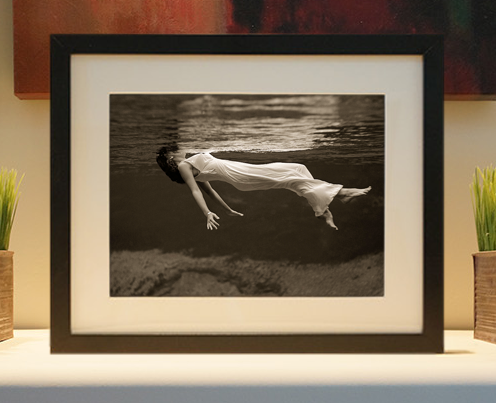
Framed or unframed, desk size to sofa size, printed by us in Arizona and Alabama since 2007. Explore now.
Shorpy is funded by you. Patreon contributors get an ad-free experience.
Learn more.

- The most dangerous fire escape I've ever seen
- Out of Place
- Sir Bedevere
- Witch way to the fire?
- Proud to be an old Coot
- That old scale
- Bowled Over
- Cat years?
- 'Why' Wyoming?
- His Master's Voice
- What! No dish under the skewer?
- Only in Hollywood?
- What's Up Doc?
- Destination?
- I'm pretty sure this was a voluntary program
- When I see chicken wire rabbit cages I think of three things
- The War Ears
- Eating the bunnies? Really?
- A love affair with a machine
- Hasenpfeffer
- Back support
- Hot type!
- Can you smell ... the news?
- Looking across the street and Flong
- Memories of my elderly hoarder neighbor
- Linotype in the Twilight Zone
- By Memory?
- Quiet place
- Line Of Type
- And no hearing protection
Printporium
Long Distance: 1941
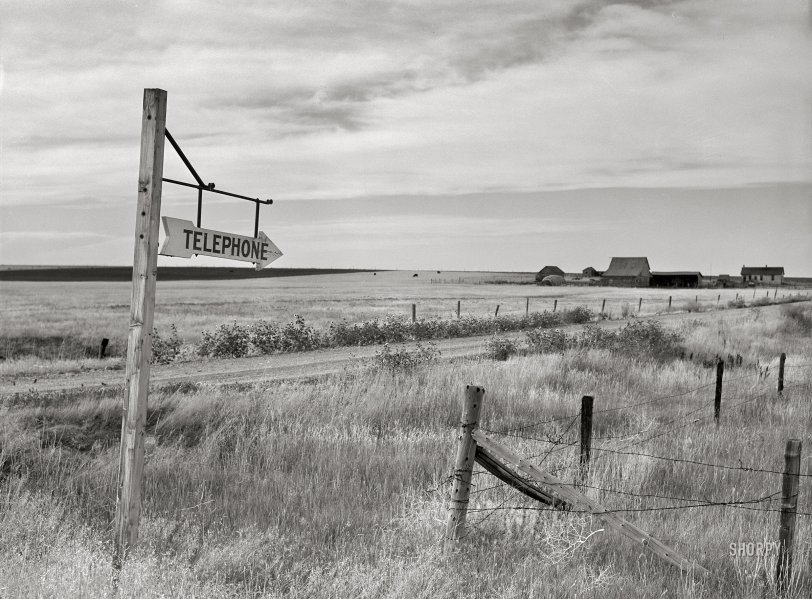
September 1941. "Montana wheat country. Telephone sign along highway. Judith Basin, Great Falls." Photo by Marion Post Wolcott for the Farm Security Administration. View full size.
Even Shorter Distance
I remember, in high school, a presentation on desktop PCs, which were then fairly new. They promised that one day, one of these would fit in your pocket. I didn't doubt this prediction, and I don't know that anyone else did, but it was a big thing to imagine. What were we going to do with them? Run Lotus 1-2-3 in our pockets?
Around the same time, the last vestige of 19th century telephone technology was finally retired in Bryant Pond, Maine. It was the same year that Maytag stopped producing gasoline-powered washing machines, if I recall correctly. Meanwhile, some of us teens liked to make fun of the new expensive status symbol, the cell phone, which had to be hardwired into the customer's Mercedes, to the switched side of the ignition, lest the power-hungry device drain the car's battery. For $5, you could buy a fake squiggly antenna and stick it on your '77 Corolla, just for laughs.
But the prediction came true. We all have computers in our pockets. It's weirdly quaint that we continue to call them phones, since that function is incidental for so many people.
Short Distance 2021
Who would have thought that 80 years hence a telephone/computer/camera thing would be owned by just about all people and rarely leave their hands?
Mobile phone
You had to be mobile in order to get to a phone.
"No service"? It was rather a matter of "no phone" at all.
I remember inconspicuous plates installed on the walls some house or other in West German villages directing non-locals to the next phone. Just in case somebody "from out of town" needed to make distress calls and the village didn't rate a regular phone booth. In villages without an inn or a pub these might even have been private residences. Those phones were actually subsidised as part of the emergency relief and rescue system.
But Just Wait Until They Get There
Even modern conveniences could be problematic.







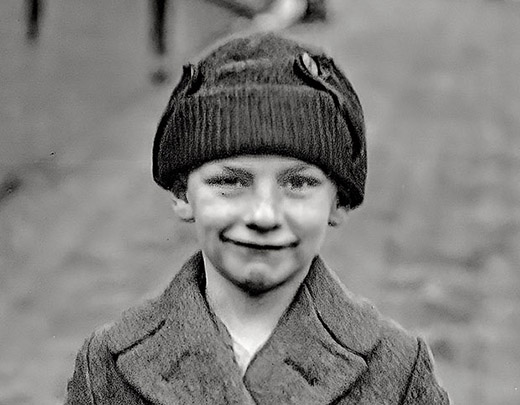
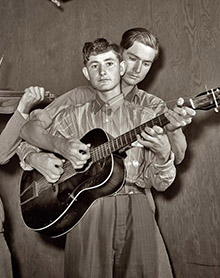
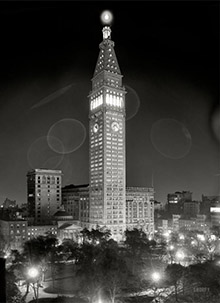
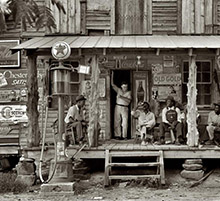
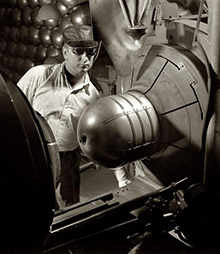
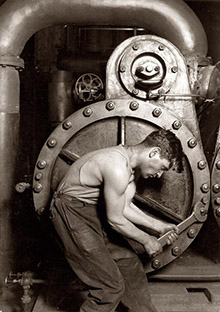

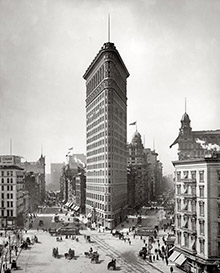


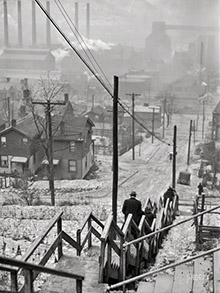
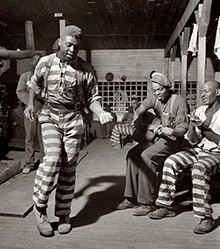

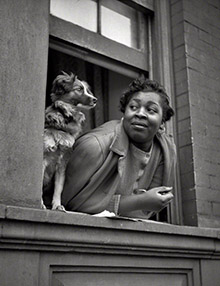


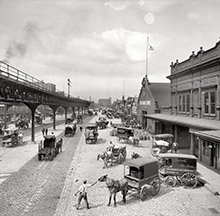
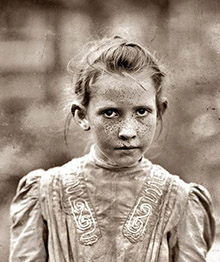
On Shorpy:
Today’s Top 5